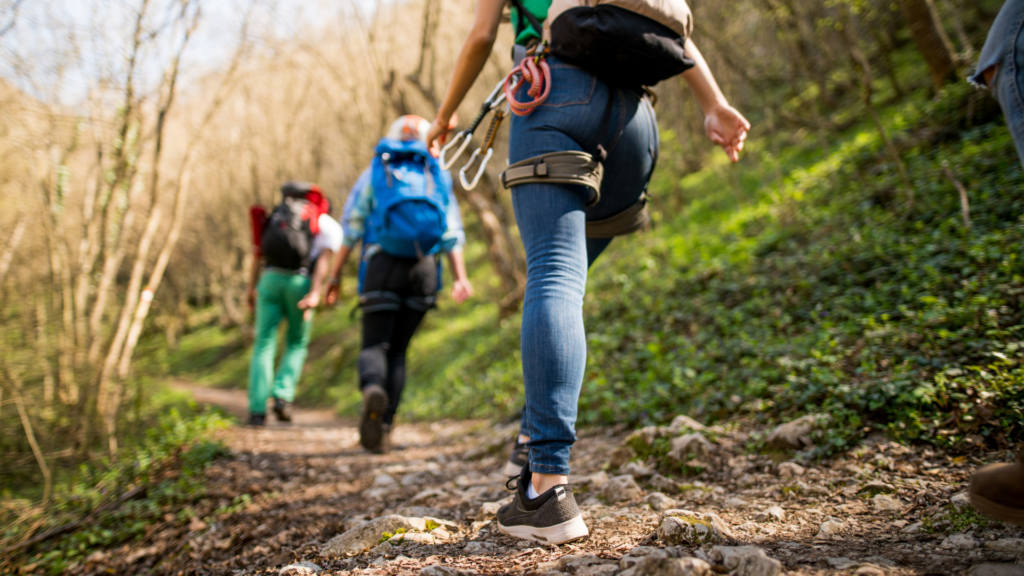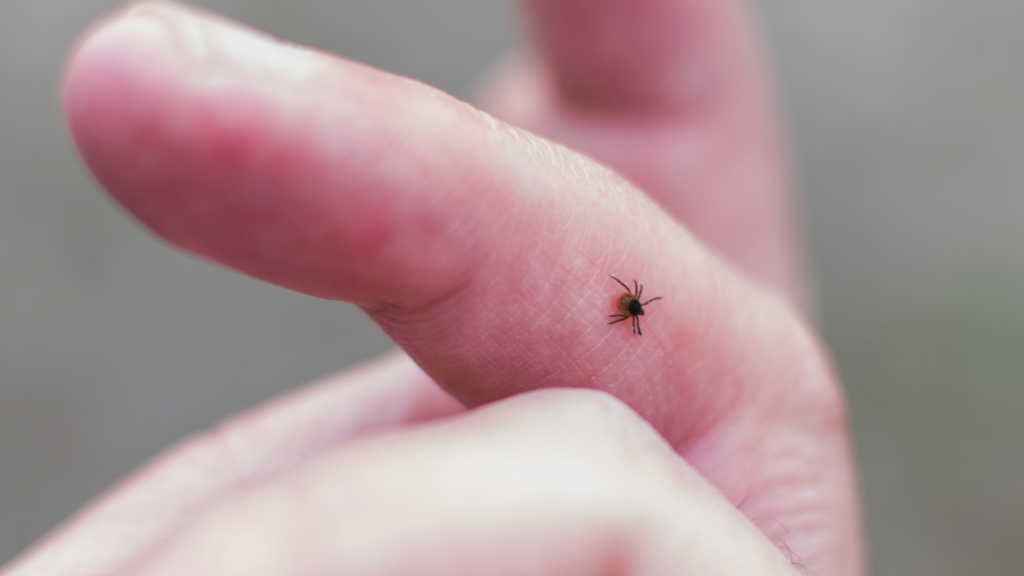
Spring brings longer days, fresh air, and the perfect excuse to hit the trails. Hiking connects us to nature in a way few activities can, offering physical and mental benefits. But as temperatures rise, so does the presence of unwelcome trail companions: pests.
A few itchy bites might seem like a minor inconvenience, but pests are more than just a nuisance. Ticks can carry bacteria that cause serious infections, leading to fatigue, joint pain, and long-term health complications if left untreated. Even common insect bites can trigger allergic reactions, making an otherwise perfect day outdoors uncomfortable or even dangerous.
At BioTech, we know how important it is to enjoy nature without the worry of pests. Our expert solutions help keep your favorite trails safe so you can focus on the adventure. Read our guide below for the best ways to stay protected on your next hike.
Identify Common Pests During Hikes
Before heading outdoors, it’s essential to know which pests you may encounter. Some are merely irritating, while others pose potential health risks. The most common hiking pests include:
- Ticks: Often found in wooded areas, tall grass, and leaf litter, ticks can latch onto clothing or skin and may carry Lyme disease and Rocky Mountain spotted fever.
- Mosquitoes: Thriving in humid environments and near standing water, mosquitoes can leave itchy bites and potentially transmit diseases.
- Biting Flies: Deer flies and horseflies are common in open fields and near water sources. Their bites can be painful and cause irritation.
- Chiggers: These tiny mites are nearly invisible but cause intense itching by burrowing into the skin. They are often found in grassy or brushy areas.
- Stinging Insects: Wasps, bees, and hornets can be aggressive if disturbed. Their stings may cause pain, swelling, or severe allergic reactions.
If you’re hiking with your dog, be especially mindful of ticks, fleas, and chiggers, which can hide in their fur and cause discomfort or illness. Taking the right precautions is especially important in state parks, forests, and nature preserves where these pests thrive.
How to Protect Yourself from Pests on Hikes
Encountering insects while hiking is inevitable, but taking the right precautions can significantly reduce bites and the risks associated with them. Here are some of the most effective ways to keep pests away while enjoying the outdoors.
- Use Insect Repellent
Applying insect repellent is one of the most effective ways to prevent bites. Look for EPA-approved repellents containing DEET, picaridin, or oil of lemon eucalyptus, as these ingredients are proven to repel mosquitoes, ticks, and other biting insects. Be sure to apply repellent to all exposed skin and reapply as directed, especially if you are sweating.
- Wear Protective Clothing
Choosing the right clothing can serve as a physical barrier against pests. Long-sleeved shirts, long pants, and high socks help shield your skin from bites. Opt for light-colored clothing, as it makes it easier to spot ticks. If hiking in tick-prone areas, tucking your pants into your socks can help prevent ticks from crawling up your legs.
- Hike at the Right Time
Insects, particularly mosquitoes, are most active at dawn and dusk. If possible, plan your hikes for midday or early afternoon, when insect activity is lower.
- Avoid Standing Water
Mosquitoes lay their eggs in stagnant water, so avoiding areas with puddles, marshes, and slow-moving streams can reduce your exposure. If your trail passes through wetland areas, try to keep moving rather than stopping near water sources where mosquitoes are likely to gather.
- Check for Ticks After Your Hike
Ticks often go unnoticed, so performing a thorough tick check is crucial:
- Focus on areas where ticks commonly attach, such as behind the knees, along the waistband, under the arms, and around the scalp.
- If hiking with a dog, inspect their fur and use a tick-prevention treatment recommended by your veterinarian.
Taking these precautions will help you enjoy your hike without worrying about pests ruining the experience.
Post-Hike Pest Check

After your hike, take a few minutes to check for pests before heading home. Use this quick BioTech checklist:
✔ ️ Check Your Clothes & Gear – Shake out your clothes, hat, and backpack. Change into clean clothes if possible.
✔ Do a Full-Body Tick Check – Look at your legs, waistline, underarms, neck, and scalp. Use a mirror for hard-to-see spots.
✔ Shower ASAP – Rinse off any insects and wash potential bites with soap and water.
✔ Inspect Your Pets – Run your hands through their fur, checking ears and paws for ticks or fleas.
✔ Wash & Dry Clothes on High Heat – A hot dryer for 10 minutes kills hidden ticks.
✔ Treat Bites – Clean and monitor any bites. If you find a tick, remove it with tweezers and watch for symptoms.
What to Do If You’ve Been Bitten or Stung
Most bites and stings resolve on their own, but seek medical attention if you experience:
- A spreading rash or flu-like symptoms after a tick bite.
- Signs of infection, such as redness, warmth, or pus.
- Difficulty breathing or severe swelling after an insect sting.
Prompt treatment ensures that a minor bite doesn’t turn into a serious health concern.
Don’t Let Pests Follow You Home
A great day outdoors shouldn’t lead to a pest problem indoors. If you’ve picked up unwanted hitchhikers, whether it’s ticks, mosquitoes, or other pests, BioTech is ready to help.
Get your free assessment today and keep your home protected!



